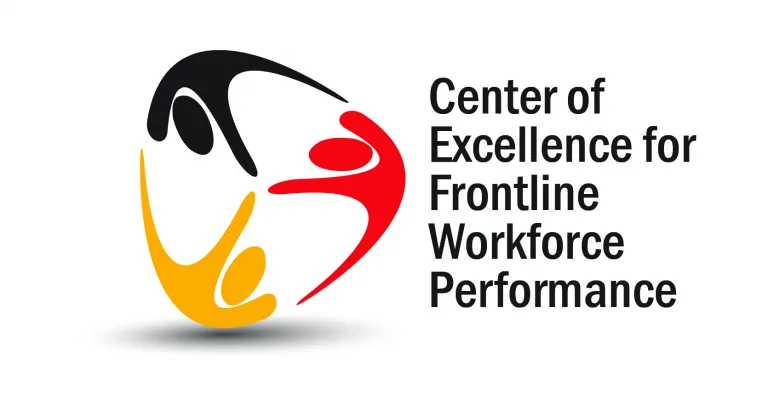Most organizations calculate
recruitment cost superficially—
cost of sourcing, onboarding, or
induction. But what they miss is
the massive hidden cost:
– Cost of underperformance
(salary without delivery)
– Cost of business disruption
– Customer dissatisfaction
– Cost of rehire and retraining
According to Quanta People’s
Centre of Excellence (CoE)
on Frontline Workforce
Performance (FWP), the cost of
a wrong hire is conservatively
estimated at 5X the cost of
hiring in BFSI frontline roles in
India.
2. Minimizing Cost of
Hire Without Thinking
Systemically
Procurement and HR
departments are often tasked
to minimize line-item costs.
They’re measured on cost
per hire, creating pressure
to reduce sourcing fees,
assessments, or onboarding
expenses.
Reducing hiring costs blindly
leads to higher wrong hires,
skyrocketing attrition, poor
performance, and eventually
higher operational costs
3. Underestimating
Recruitment Analytics’
Power
Many companies rely
on instinct, outdated job
descriptions, or basic
assessments. What’s missed
is data-backed profiling. By
studying patterns across
thousands of hires, companies
can predict which profiles are
likely to deliver consistently
over 12 months, show early
attrition risks, and handle
specific customer segments
better.
4. Feeding AI Models with
Wrong Data
AI-driven hiring sounds like the
silver bullet—but if you input
wrong, incomplete, or biased
historical data, AI only amplifies
your past mistakes. AI models
must integrate longitudinal data
on residency length, sales/
productivity metrics, and exit
reasons.
5. Undercutting
Recruitment Process
Integrity
Quick fixes—shortlisting from
the same talent pool, skipping
critical evaluation steps, or
pressurizing recruiters to fill
quotas fast—often backfire.
Invest in a robust, repeatable recruitment process with
clear accountability for post
hire outcomes—not just offer
rollouts.
How to Calculate Cost of a
Wrong Hire (Step-by-Step)
1. Determine average tenure of
hires in the last 24 months.
2. Calculate cumulative
average performance of
those hires during their
tenure.
3. Categorize hires:-
Achievers: Those above
performance norms – Underperformers: Those
consistently below the
norm
4. Calculate cumulative
performance gap of
underperformers till their last
month.
5. Monetize this gap: Assume
f
ixed salary is paid to
achieve a set performance
level—every missed target
equates to wasted salary.
6. Add backfill cost: Hiring +
Onboarding + Induction =
~1.5 months salary
7.
Sum total = True Cost of
Wrong Hire
Final Thought
The hiring process isn’t a
procurement exercise. It’s
talent architecture. Every wrong
hire is not just an operational
hiccup—it’s a leak in your
revenue engine. Organizations
that stop treating hiring as a
cost center and start seeing
it as a strategic investment in
performance will win the long
game.


